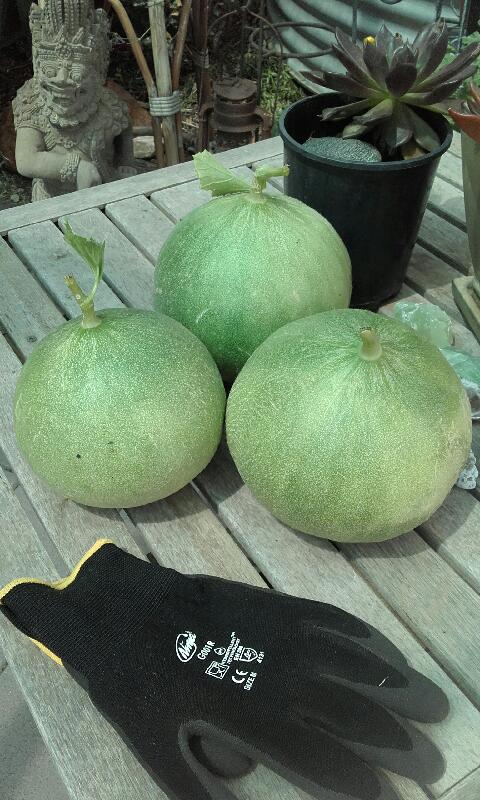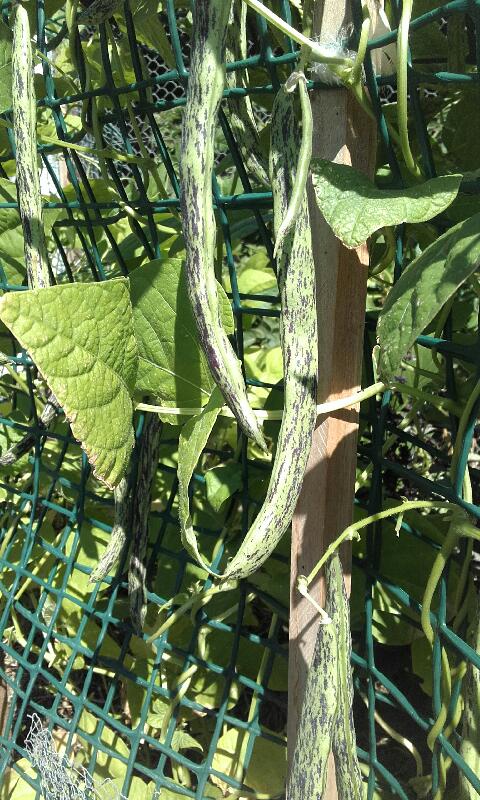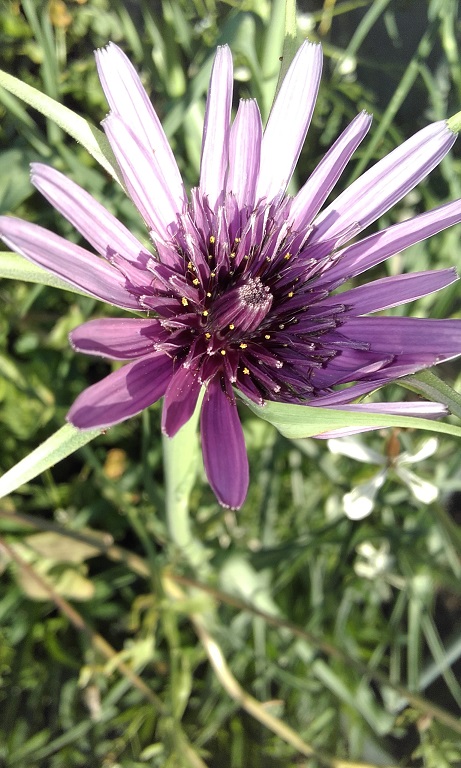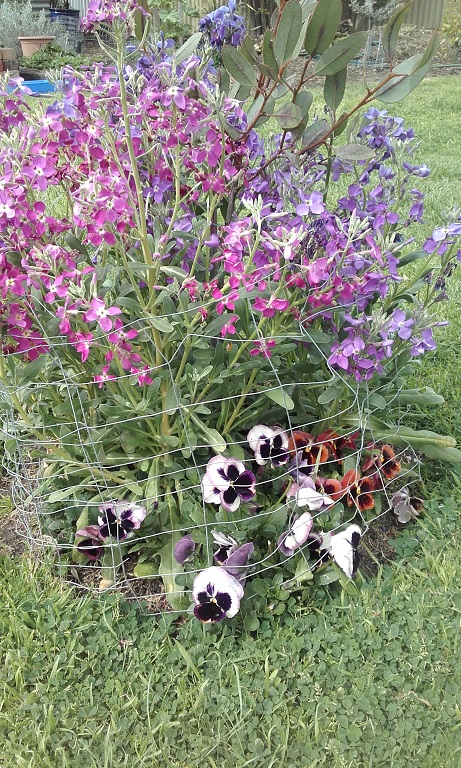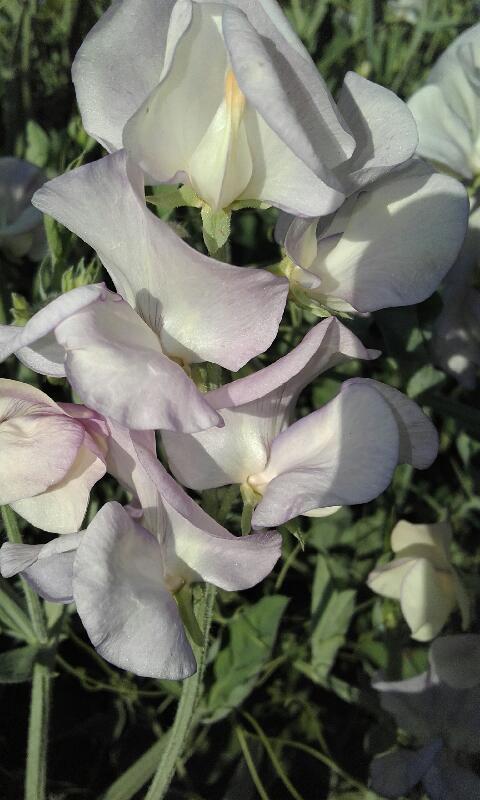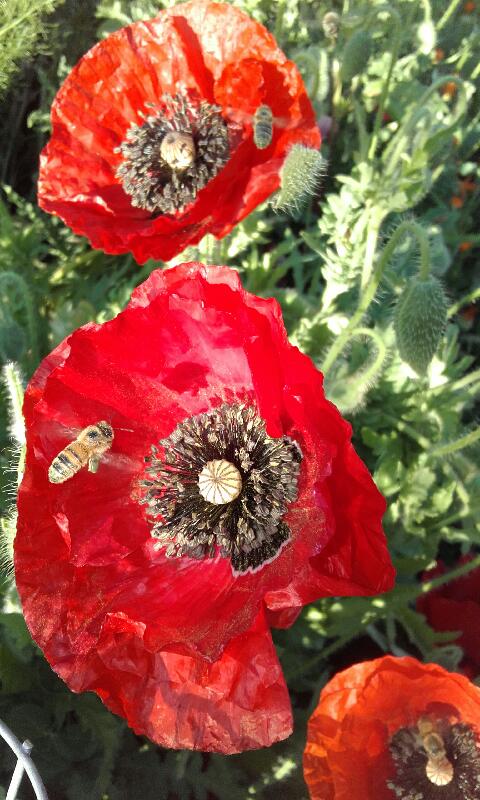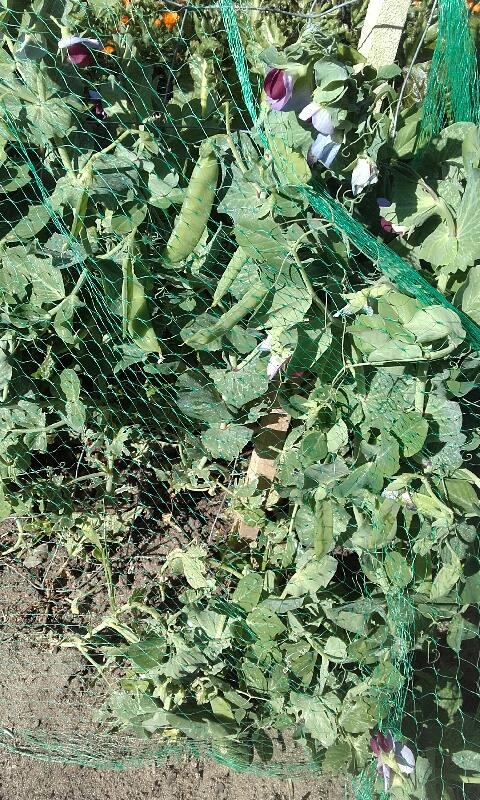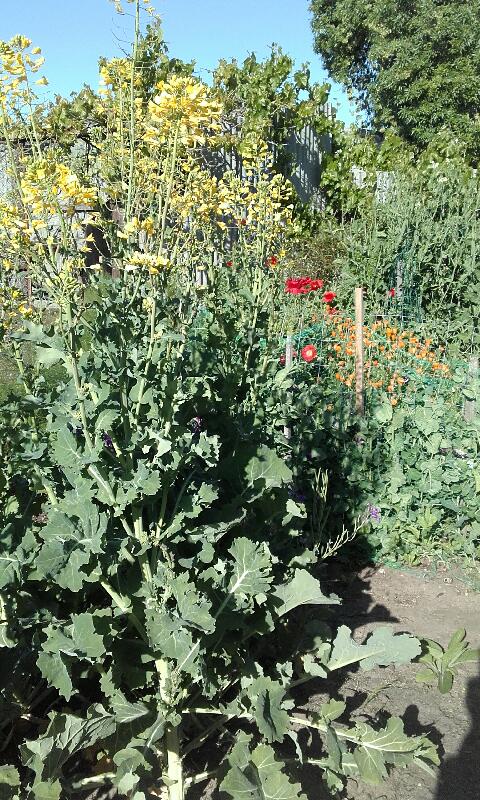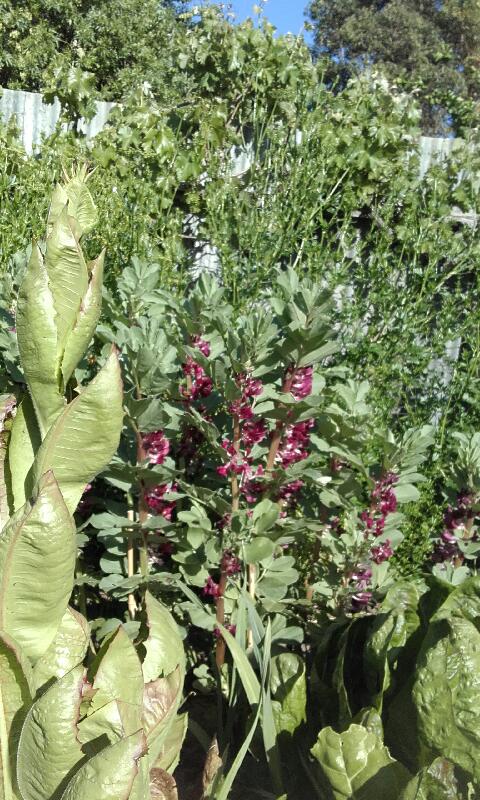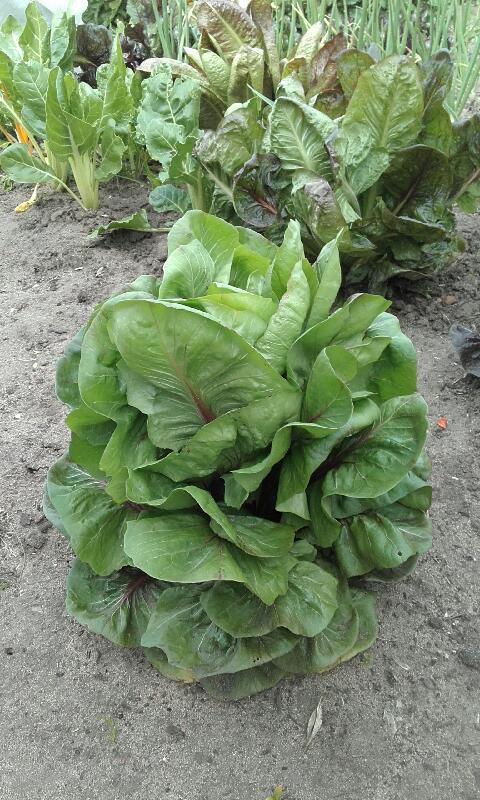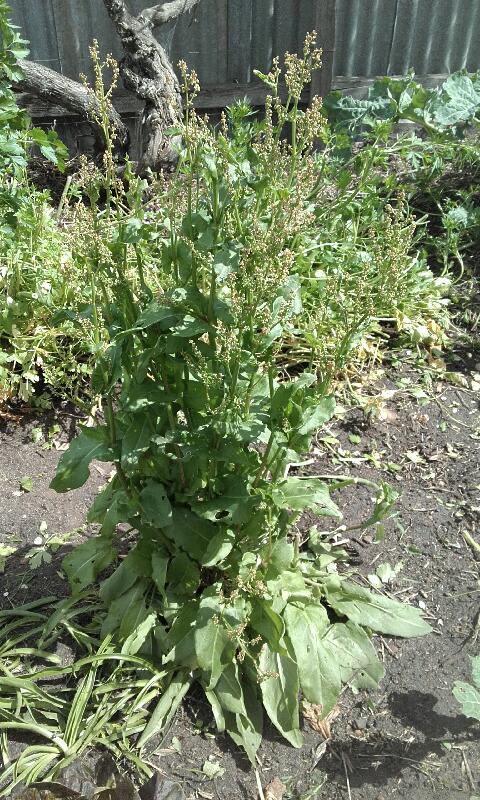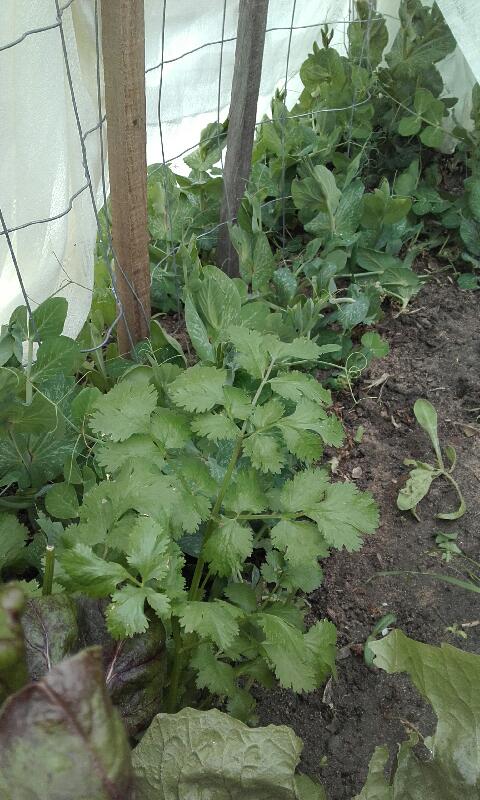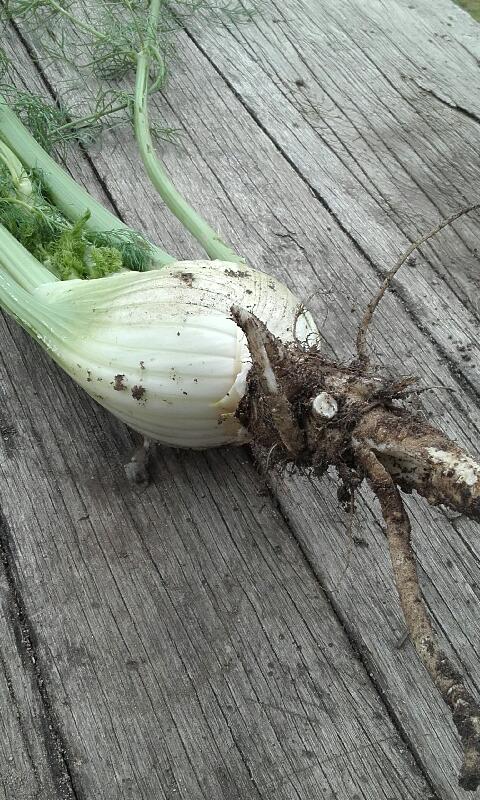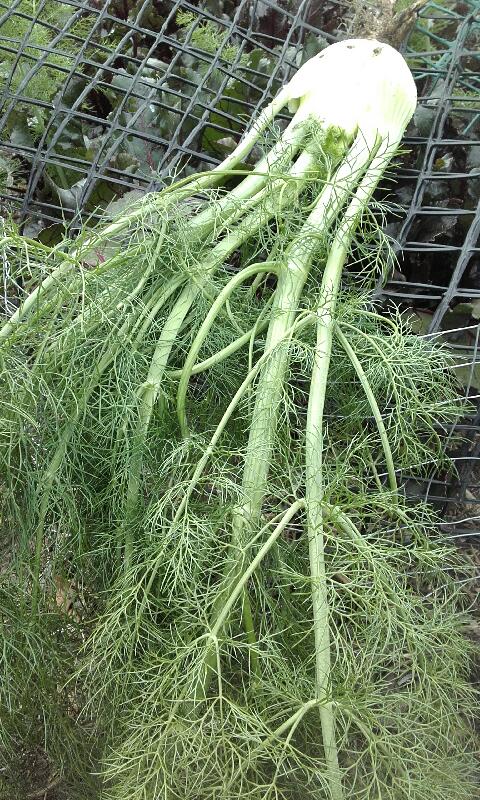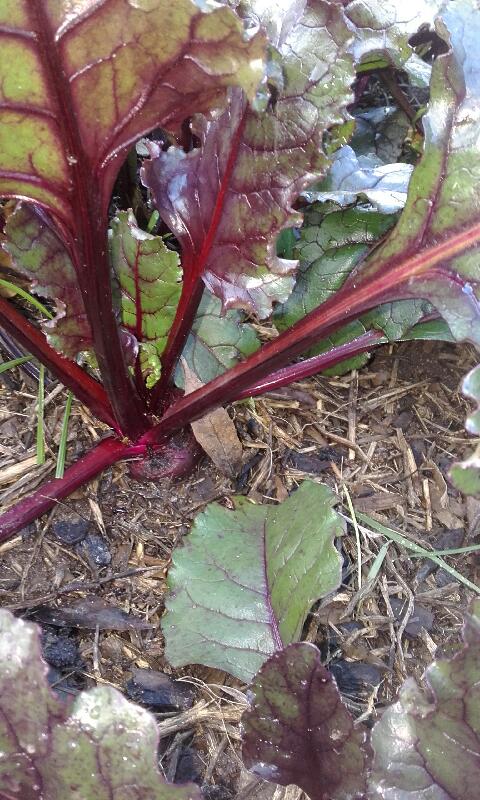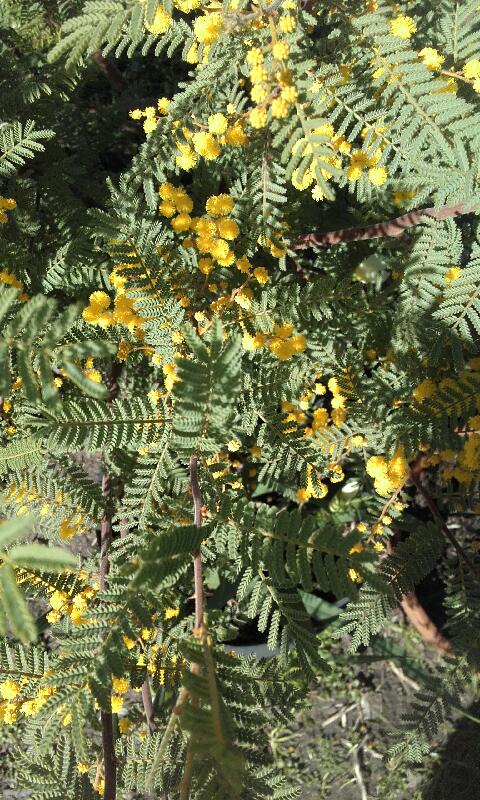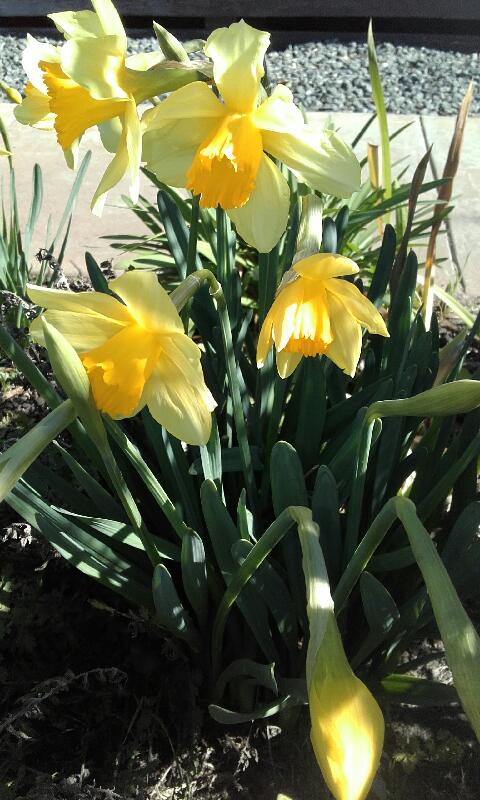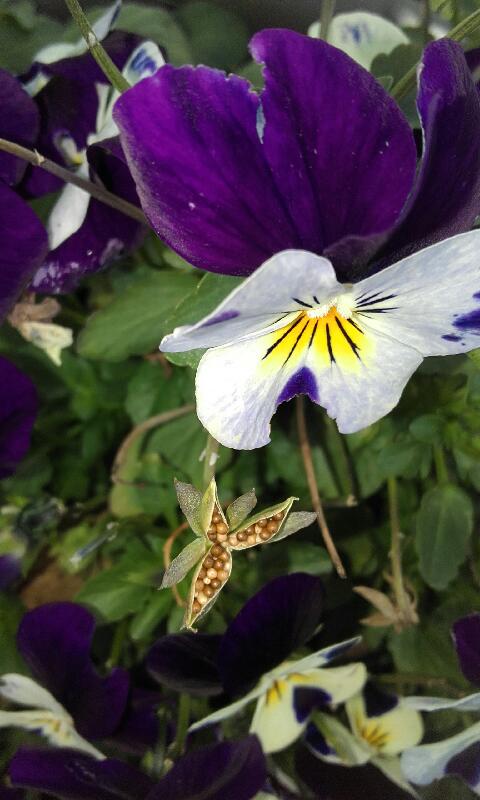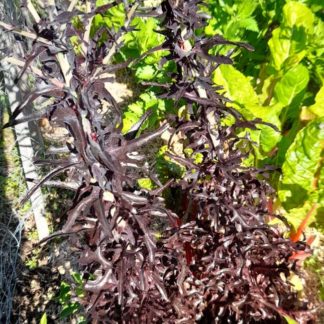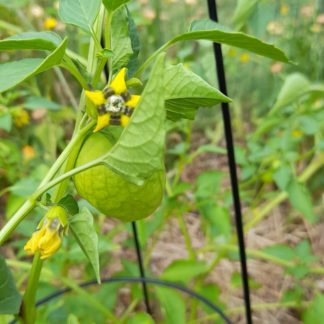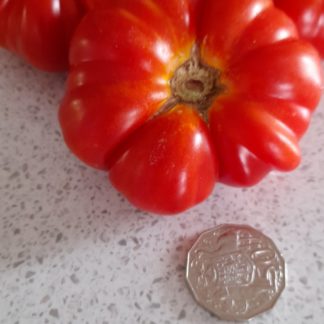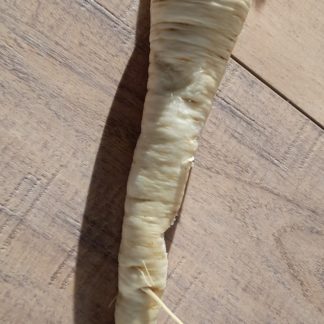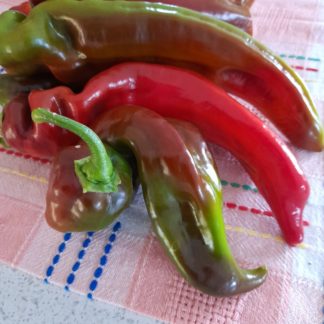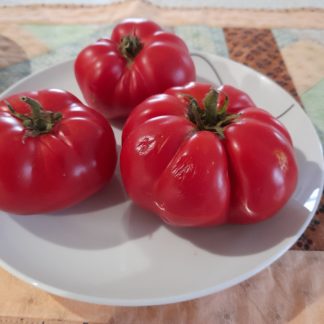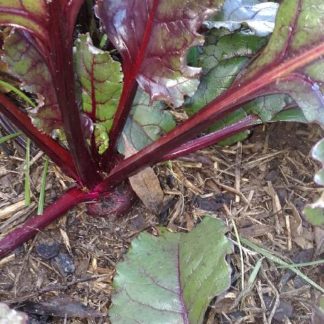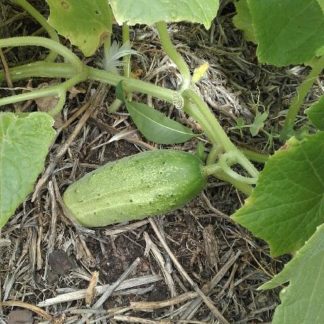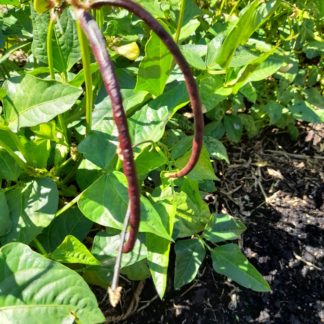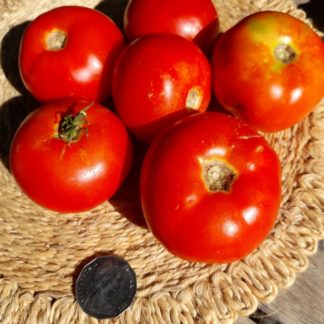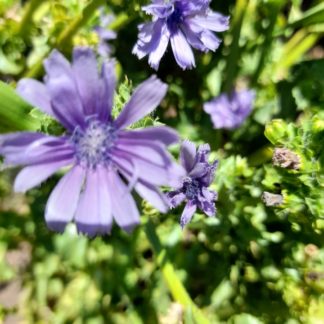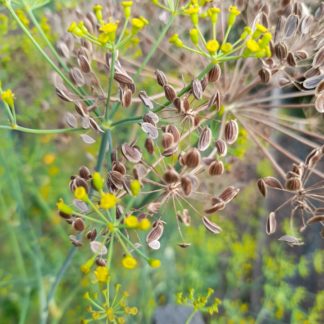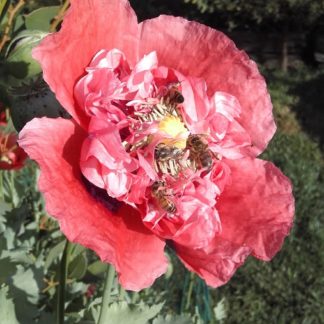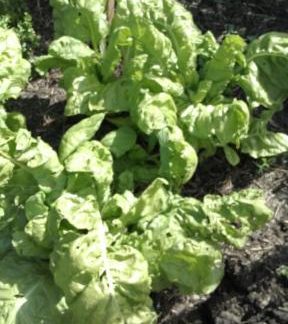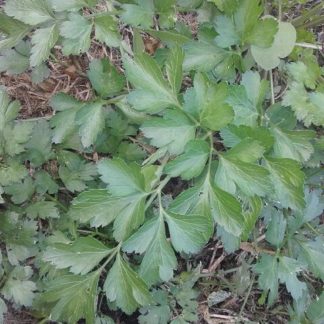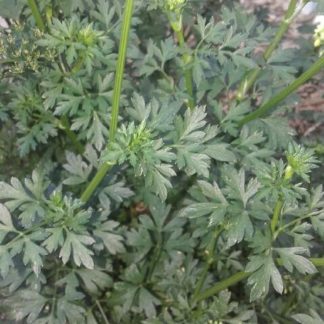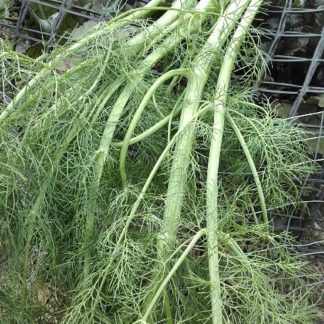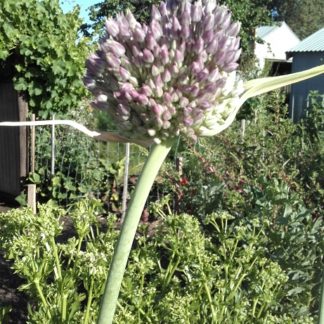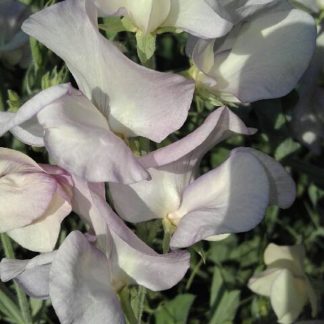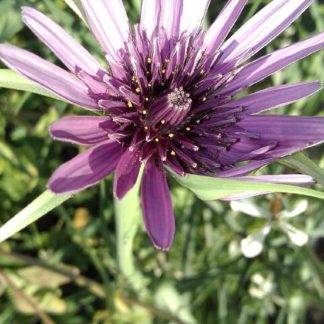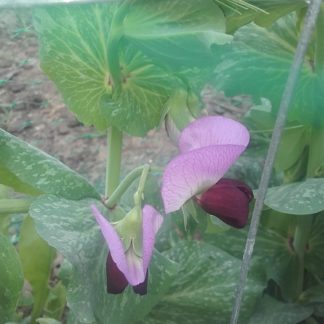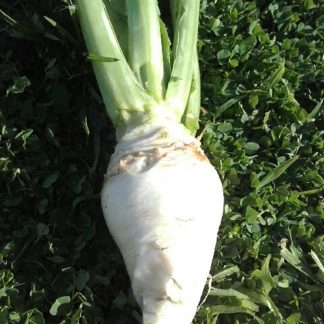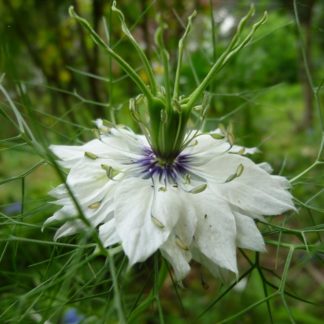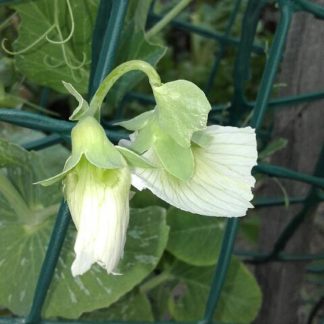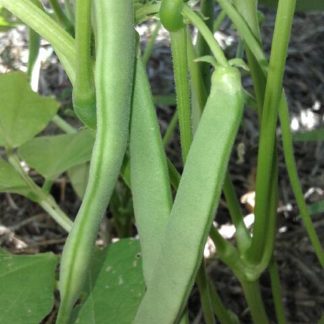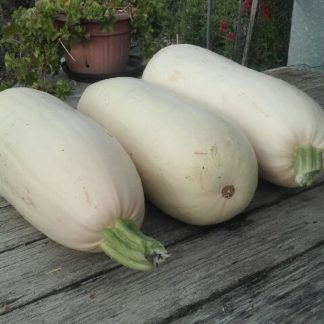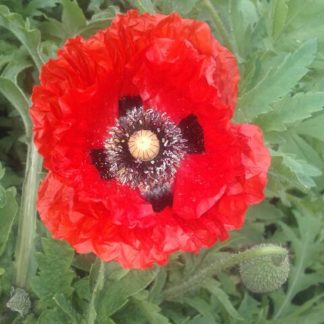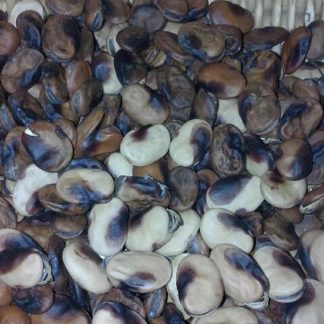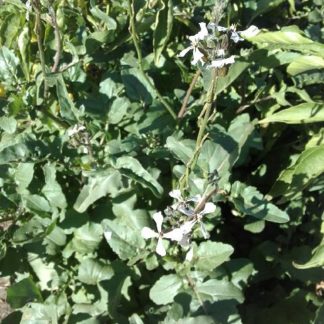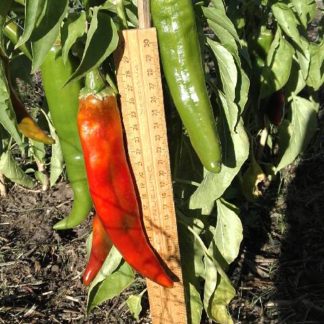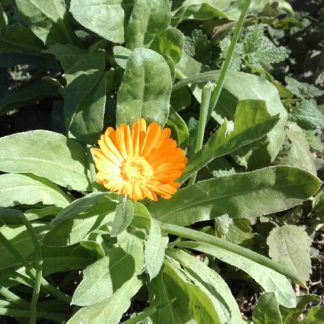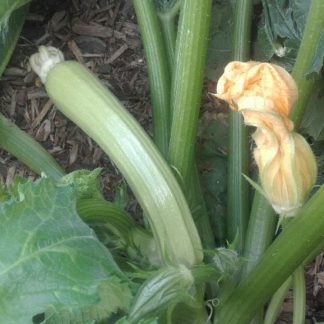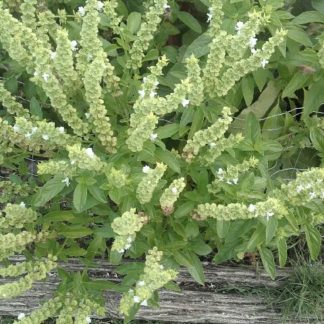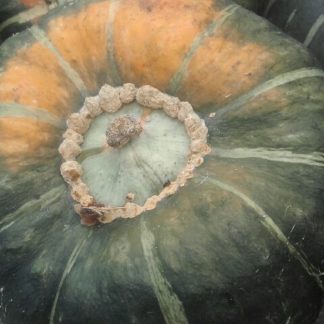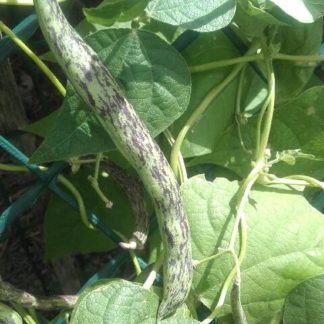I make two lots of Green Fertilizer each year. One is spring and one in autumn. It is late April and I have just cut the Comfrey and stuffed it into a large plastic garbage bin, which has a vermin proof lid. I simply added water and will let it ferment over winter in a nicely sheltered sunny spot.
In spring I will strain off any plant solids and dilute the green tea at a rate of about 1 litre of tea to 10 litres of water ( a regular watering can capacity). Comfrey fertilizer has many minerals, and vitamins and also protein. It is good for all garden plants and is a real Universal plant food.
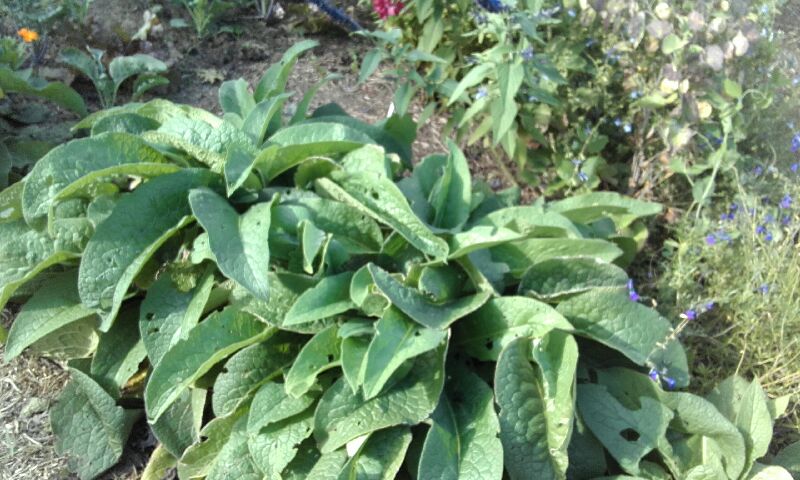
In spring there will be plenty of nettles. Stinging Nettles. The nettle is as valuable as food and medicine as is comfrey. How sad that most people do not understand this. Nettle is also full of minerals, and protein and is a blood cleanser. It is an ideal tea for humans especially in spring when the bodily systems can be sluggish from poor winter diet and lack of exercise. Fresh young nettles make a delicious spinach when lightly steamed or stir fried. Pick them with gloves on but once cooked the sting goes.
In spring there are usually other good deep rooted green weeds that can be added to the fertilizer; Burdock, Dandelions, and lighter plants such as Chickweed, and left over vegetable plants of kale, silver beet or spinach can also go into the brew. Likewise, herbs such as chamomile and thyme, mint and sage made good additions to this batch of plant food.
If harvesting wild weeds from outside your own garden, try to be sure that no herbicides have been sprayed there recently. Woody green waste can also be used to make fertilizer. Old garden plants of annual flowers and vegetables will break down nicely over time. It helps to roughly chop up the tougher stems, and bigger leaves.
Autumn leaves of deciduous trees such as oaks and stone-fruit trees, which are relatively small and fine, also can be added to fertilizer.
In winter, I place the bins in a sunny spot, but in summer, they go along a shaded fence line.
These green tea fertilizers are also good for adding to compost bins and heaps, as well as for seedlings and as foliage feed for all garden plants.
